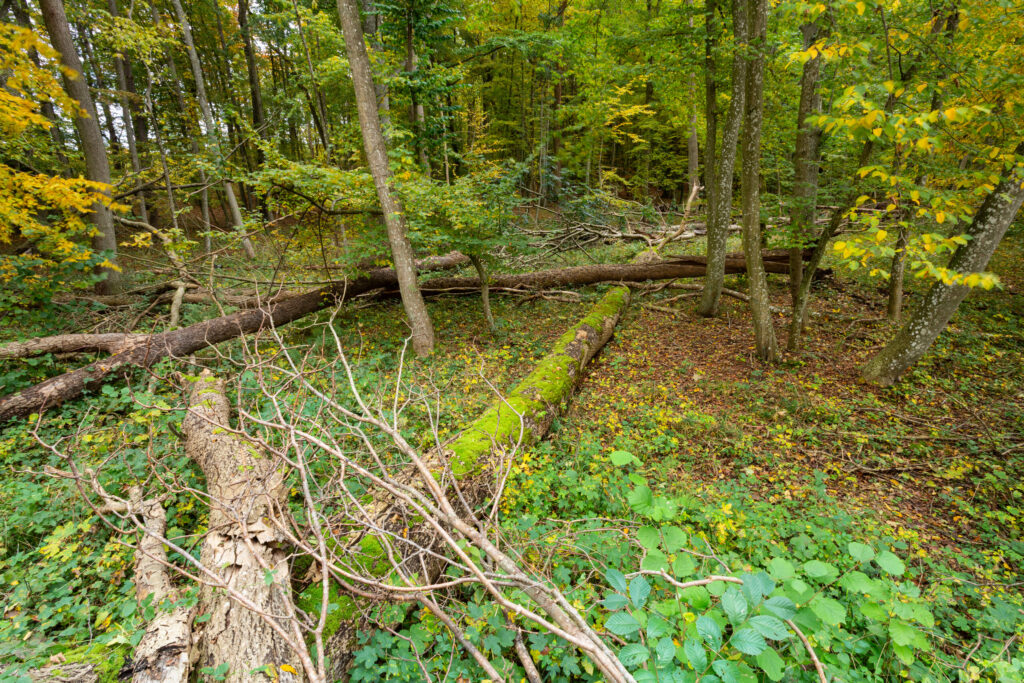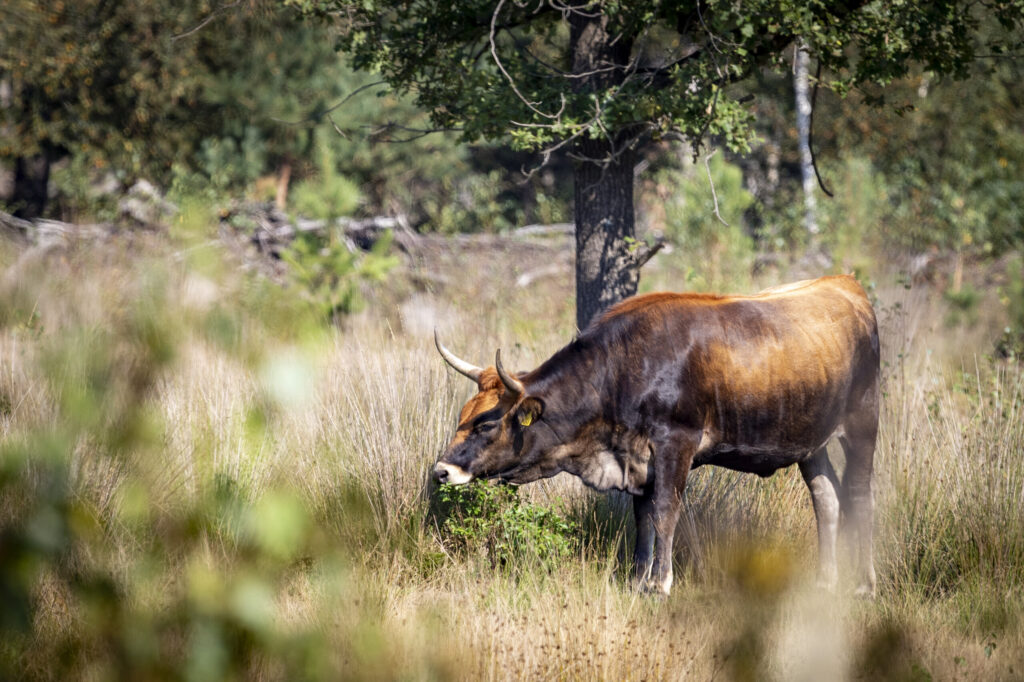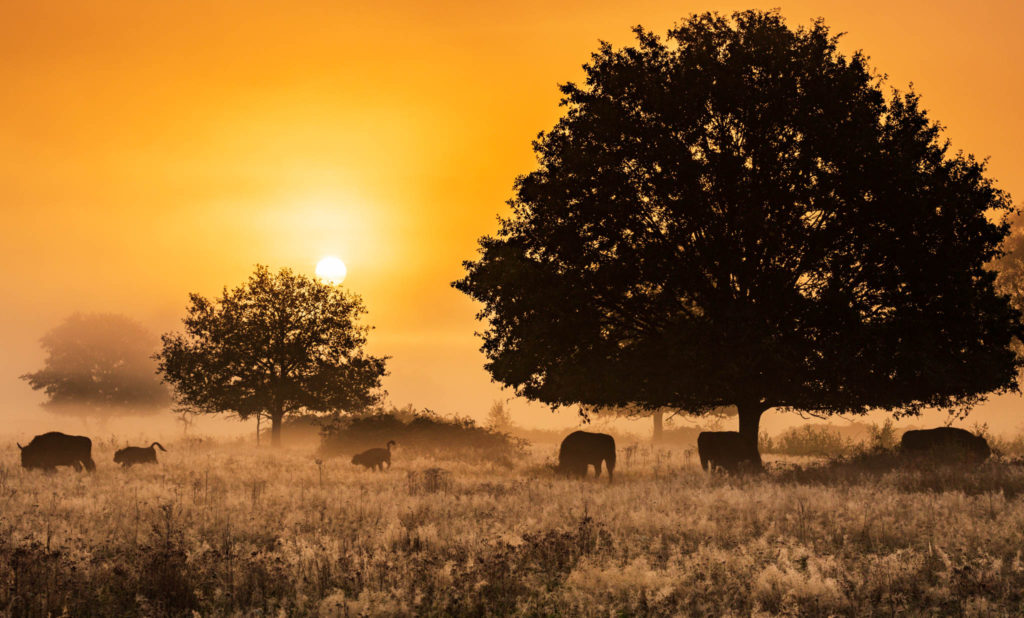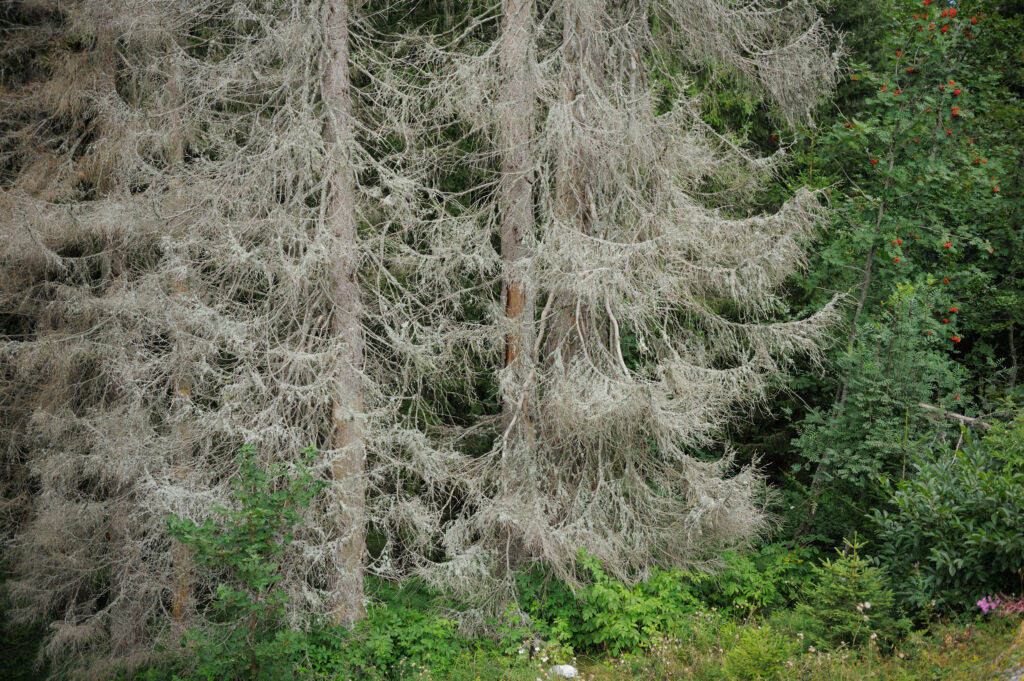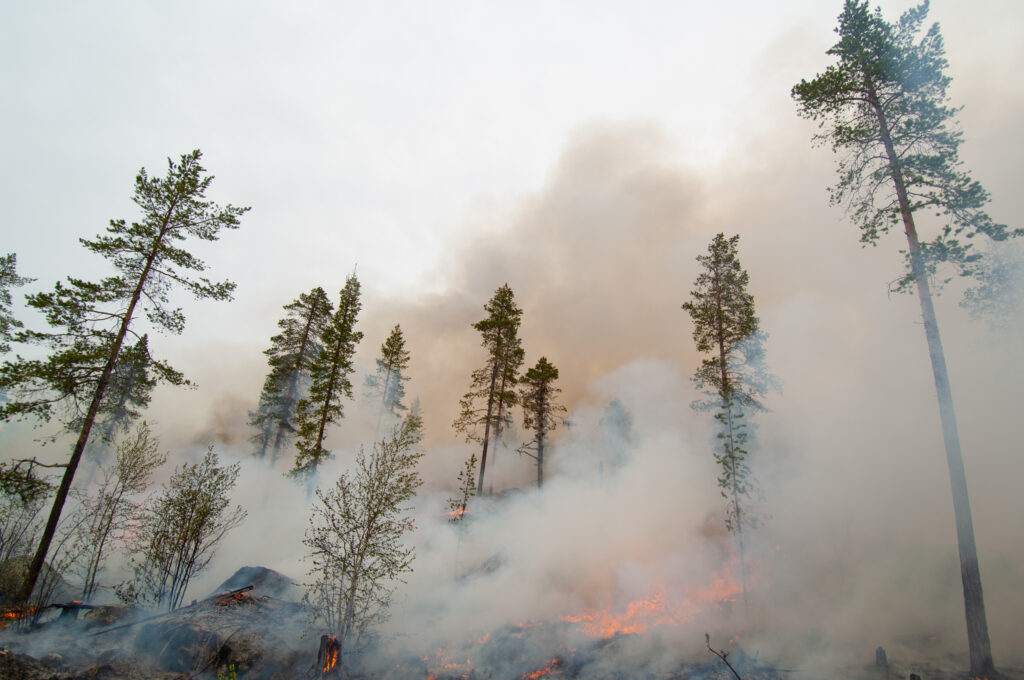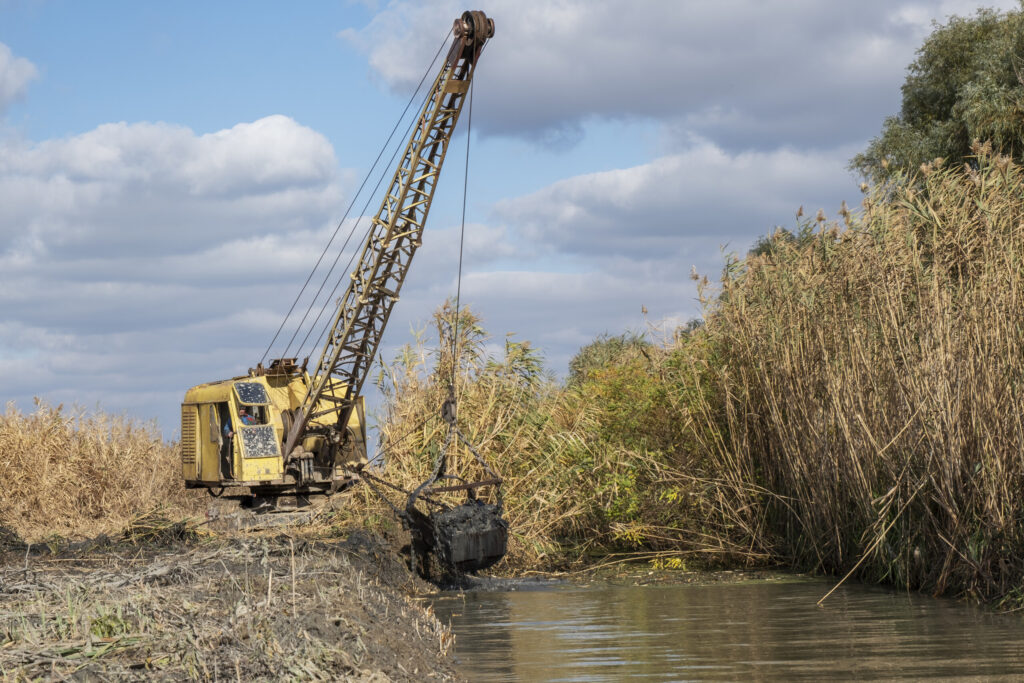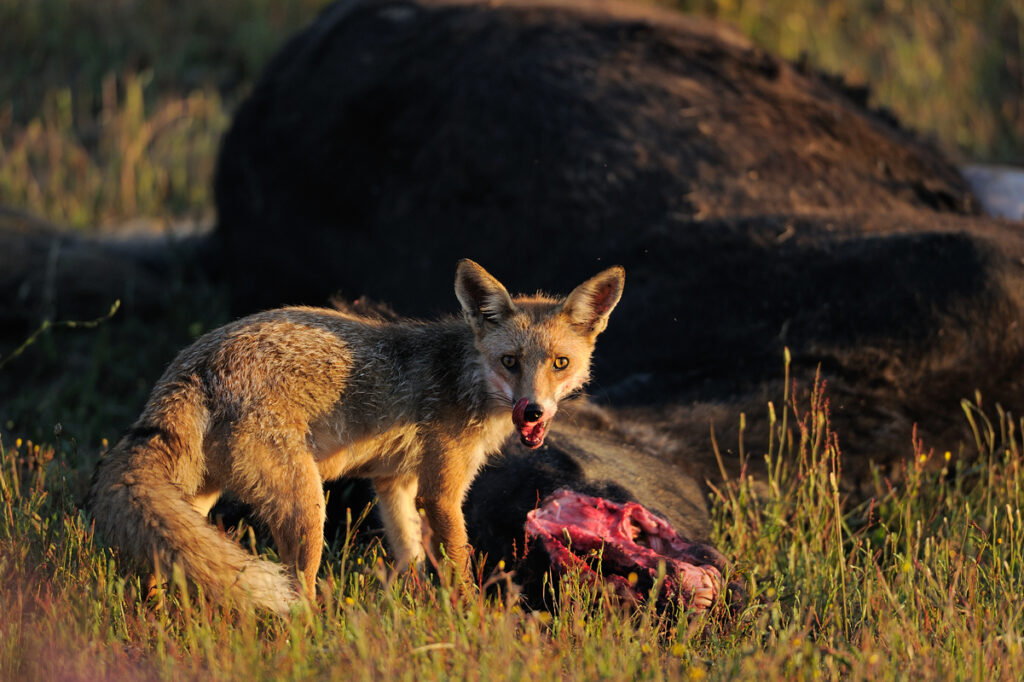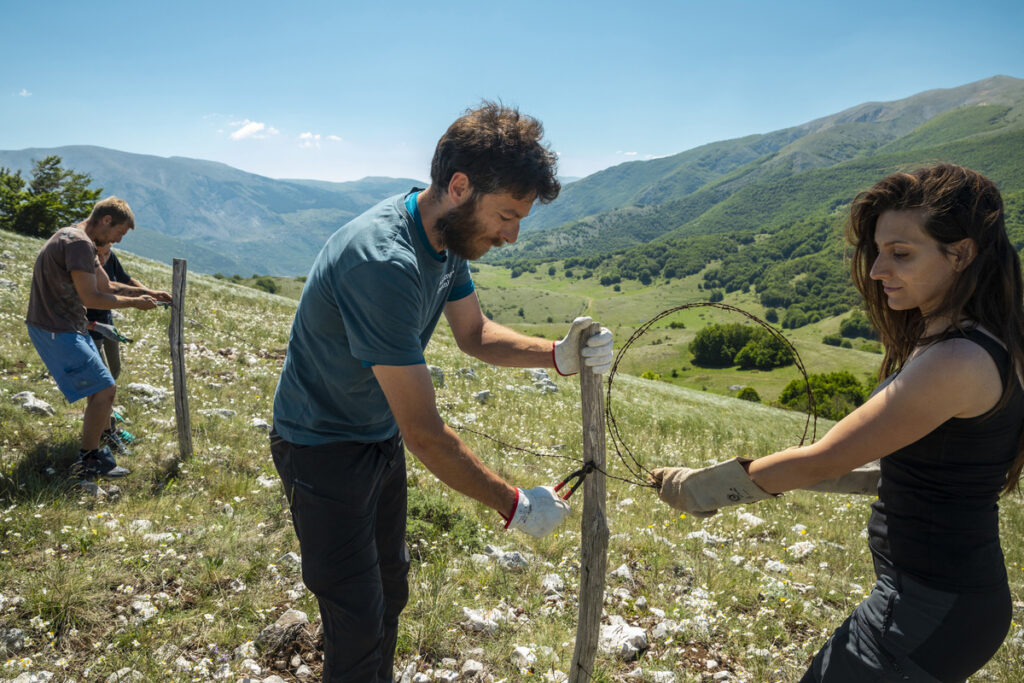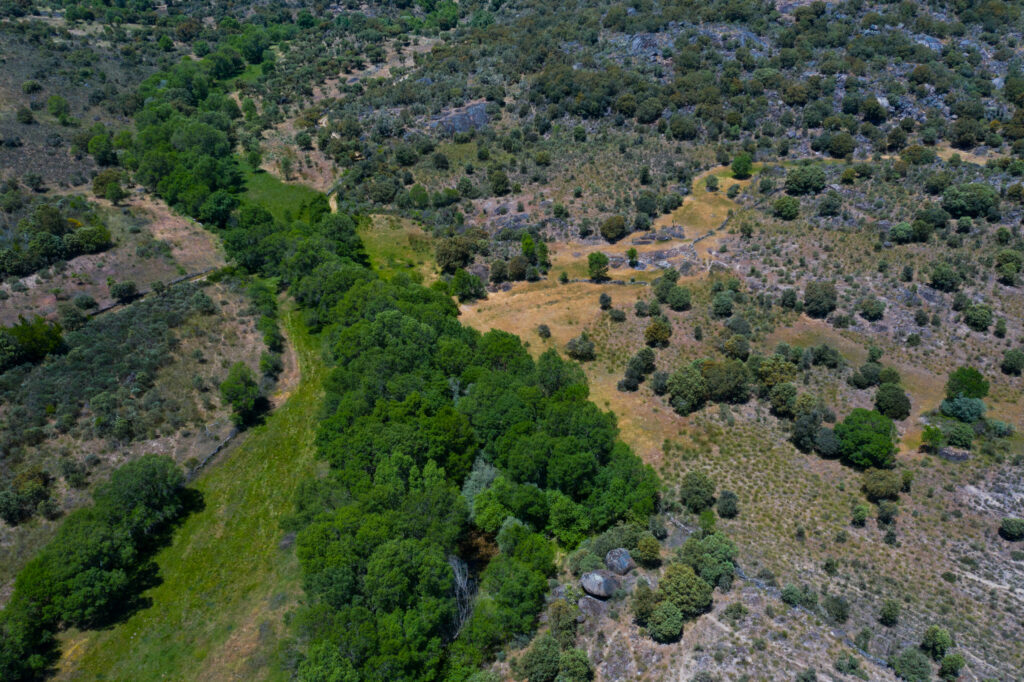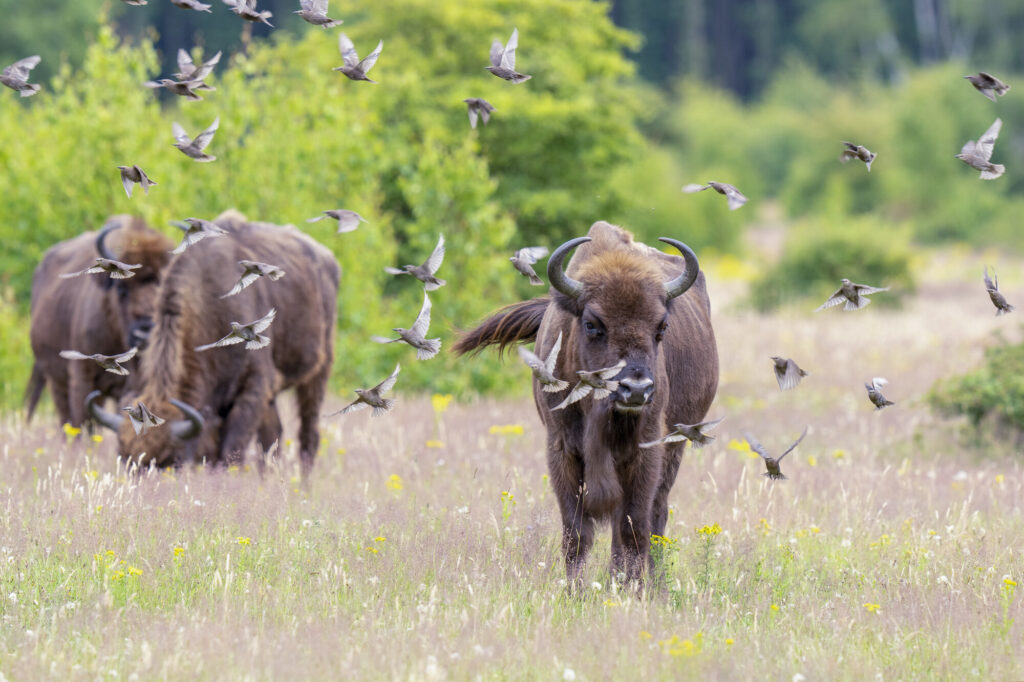The rewilding of protected areas could take nature recovery in Europe to the next level. There are a range of measures they could employ to become wilder.
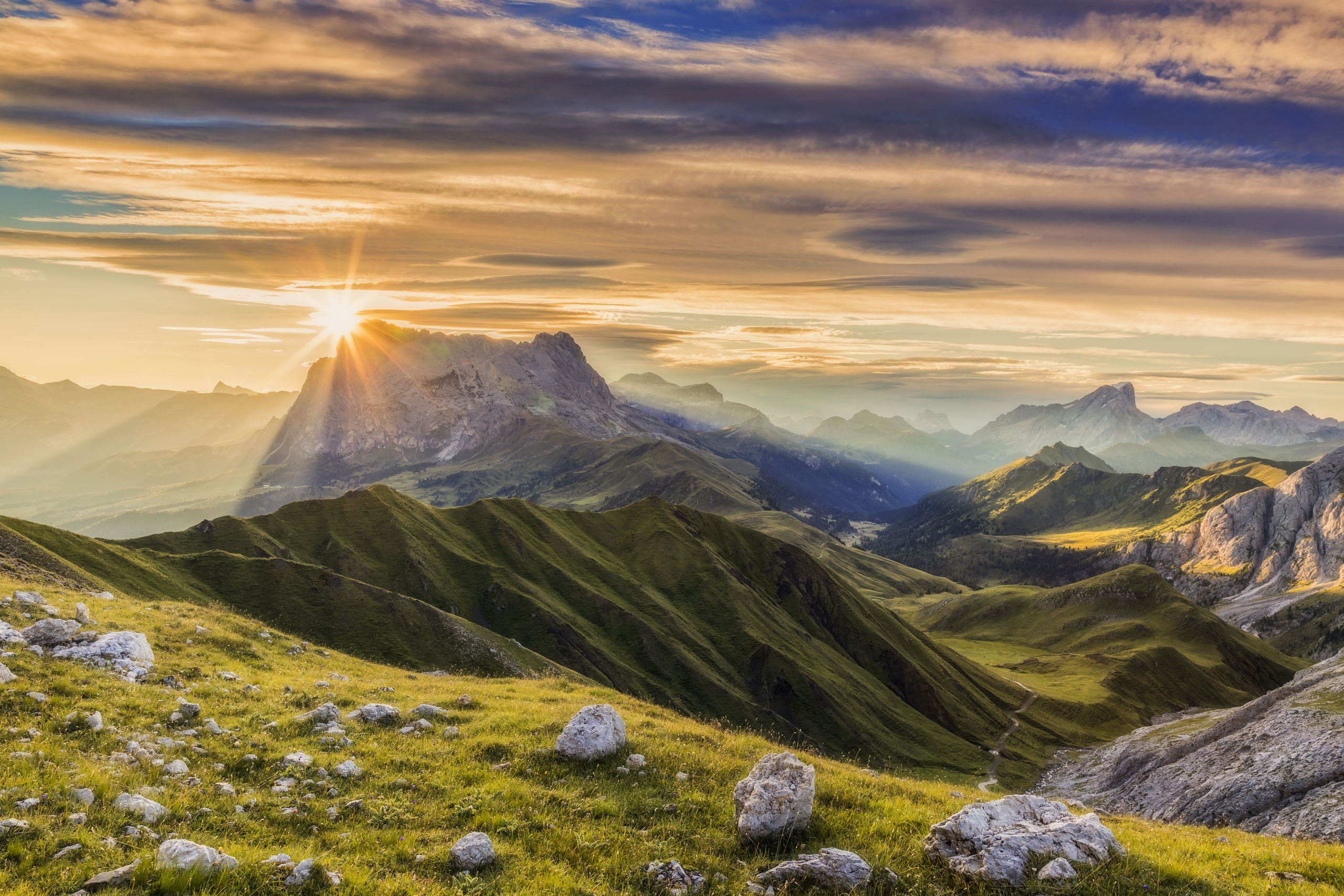
A game-changing opportunity
Protected areas are the backbone of European nature conservation. With more than 120,000 sites designated across 52 countries, Europe accounts for more of such areas than any other part of the world. Their size varies greatly – from an individual tree to a national park in Greenland covering nearly 1 million square kilometres. Despite the fact that many areas are small and isolated, many contain unique and awe-inspiring biodiversity.
Yet if Europe’s protected areas are essential, simply protecting the nature currently within them isn’t enough. As a standalone measure, it won’t halt and reverse biodiversity decline, and it won’t slow and stop climate change. With the geographical extent of such areas so large, we now have a fantastic opportunity to build on the conservation efforts being carried out within them, enhancing the invaluable nature they already contain through rewilding. By focusing on the restoration of natural processes and the recovery of ecologically important wildlife populations, we can really amplify the benefits they deliver, such as clean air, fresh water, and the locking up of atmospheric carbon.
“Because of their status and scale – some 6.2 million hectares in the EU alone – wilder parks would make a great foundation on which to scale up European-wide nature recovery,” says Rewilding Europe Executive Director Frans Schepers. “With protection and rewilding working hand in hand, the positive impact could be huge.”

Letting nature lead
From politicians and entrepreneurs to scientists and everyday citizens, interest in rewilding is now at an all-time high, with an ever-growing number of initiatives generating positive impact across Europe. This is stimulating a rethink about conservation and our relationship with wild nature.
Since it was founded in 2011, Rewilding Europe has pioneered this evolution, with its action-oriented, “showing by doing” philosophy resulting in a pan-European network of high-profile rewilding landscapes, complemented by our ever growing European Rewilding Network.
A set of rewilding principles has been established, helping to define what is different and special about rewilding, providing coherence, inspiration and transparency, and positioning rewilding in relation to other conservation approaches.
Michael Hošek is President of the EUROPARC Federation, an independent, non-governmental organisation which works with national parks across Europe to enhance protection. He believes rewilding based on such principles can help to take Europe’s national parks and protected areas to the next level of wildness.
“Looking at Europe’s national parks and protected areas it is clear that some are far wilder than others. But in general we need to make more space for natural processes to reshape landscapes, rather than expending precious and often dwindling resources trying to reach and maintain artificial end points. Going forwards, there will still be a need for intervention in many areas, but rewilding is an opportunity for us to reconsider our goals. An opportunity to work towards a situation where nature leads, rather than humans.”
How can European parks become wilder?
So what practical measures can European parks take to become wilder? Every protected area is different, of course – an intervention suitable for one may be completely unsuitable for another. Nevertheless, the efforts of Rewilding Europe and other rewilding initiatives have already demonstrated which rewilding measures typically work in a European context (see boxout).
“There are a whole range of interventions or measures in the rewilding toolbox that protected areas can employ to create the right conditions for nature recovery,” says Schepers. “A growing number of parks in Europe are already carrying out some of them, which is great to see and should be applauded. As ever with rewilding, it’s not about reaching an end point of wildness. The aim is to support nature-driven processes, which in turn will bring about wilder nature.”
Top 10 measures for enhancing wildness in European parks
Learning and collaborating
With many European protected areas already embarking on their own rewilding journey, there is much we can learn from them. The Swiss National Park, for example, which was founded in 1914, is probably the oldest European rewilding initiative, and was an early member of Rewilding Europe’s European Rewilding Network. Keystone species such as Alpine ibex and bearded vulture have been reintroduced, with iconic herbivores such as Alpine chamois, red deer, and Alpine ibex helping to maintain half-open, half-forested areas through their grazing.
Today, rewilding is establishing itself as an impactful and inspirational conservation approach, as its practice and benefits are amplified across Europe. Against the backdrop of the EU Green Deal, the Nature Restoration Law (which is currently being finalised) and commitments made by European nations as part of the Montreal Global Biodiversity Framework – and coupled with strongly growing interest in rewilding from the financial sector, philanthropic institutions and corporations – our generation could be the first in human history to upgrade rather than downgrade European nature.
As part of a far more expansive, better connected and wilder network of natural sites and corridors, Europe’s protected areas could play a transformative role in this process. While the restoration of European nature shouldn’t be limited to the sites of the Natura 2000 network and protected areas in general, it would really help us move to the next level in terms of realising a wilder Europe that benefits all.
Want to know more?
Much of the text for this blog is taken from a longer story entitled “Wilder Parks”, which featured in Rewilding Europe’s Annual Review for 2021.

